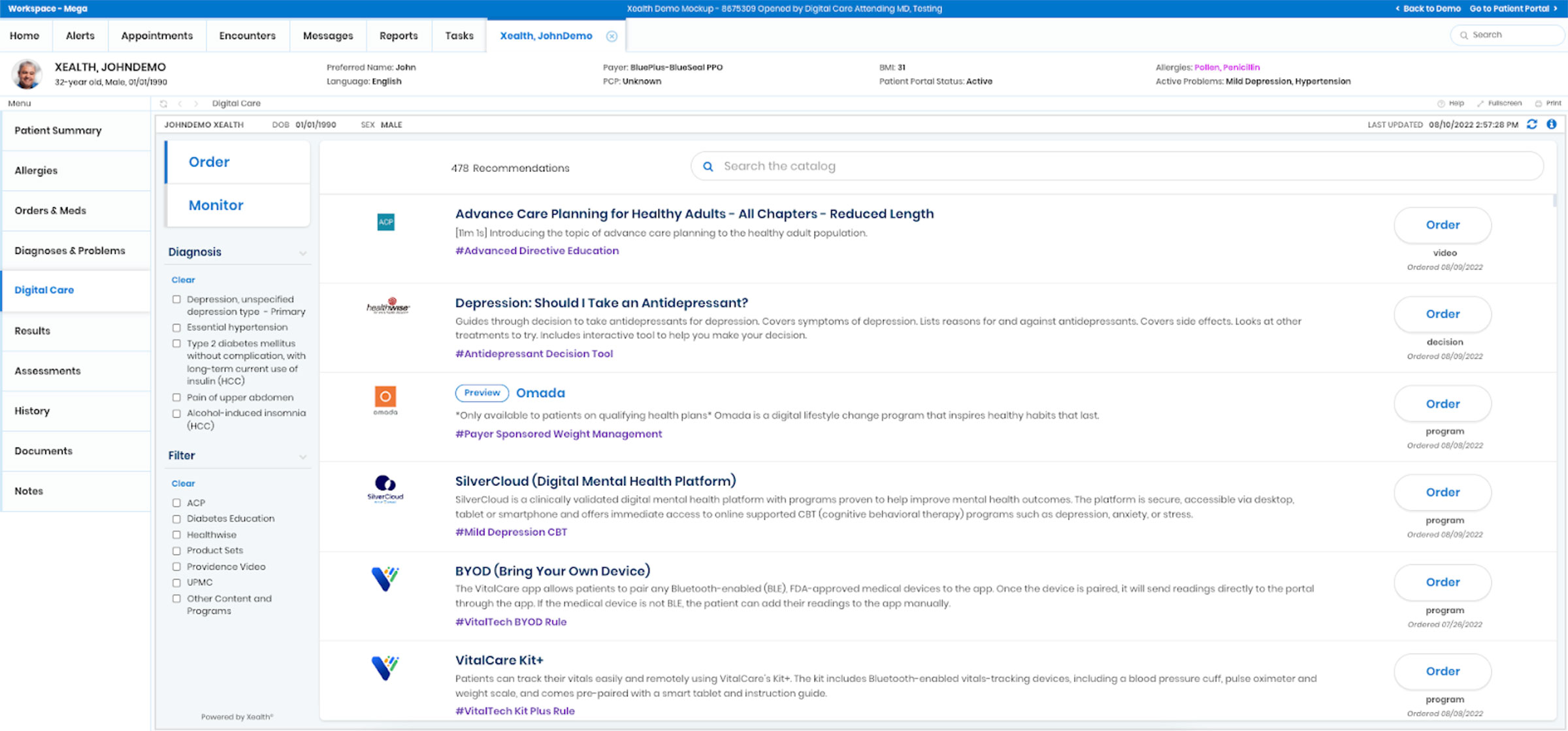Note to readers: This is the third post in a six-part series exploring the perspectives of digital patient engagement.
Mike Deegan, Director, Business Development
Digital health can no longer be discussed merely as a trend — it’s a profound transformation reshaping healthcare. The shift empowers patients and care providers with innovative tools, paving the way for potentially enhanced health outcomes through more personalized and accessible care.
The relationship between digital engagement and health outcomes is complex and multifaceted, influenced by increased access to health information, improved communication channels between patients and providers, and the personalization of care plans.
There’s growing interest in understanding how digital tools can support patient care more effectively in various healthcare specialties. This nuanced approach emphasizes the potential benefits of digital engagement, encouraging a more patient-centered healthcare system that leverages technology to meet individuals’ unique needs.
Let’s explore how digitally engaged patients can experience better outcomes.
The Digital Revolution in Patient Engagement
At its core, digital patient engagement encompasses using apps, telehealth services, online resources, and digital communication tools to facilitate patient-provider interactions.
Rapid technological advancements and growing patient demand for accessible, personalized care propel the drive toward this digital shift.
About 46% of US consumers, translating to an estimated 119 million patients, now engage with their healthcare providers through a blend of patient portals, telehealth appointments, apps, and traditional in-person visits.
Xealth’s 2023 digital engagement statistics further illuminate this trend:
- The most digitally engaged patients: Preventative care sees the highest engagement at 69%
- The most common digital health program: Women’s health with 15 clients
- The hottest digital health area: Chronic disease management, with a 50% increase in programs year over year
Improved Outcome Opportunities Through Digital Engagement

How digital health tools appear within the EHR with Xealth
A massive 80% of patients prefer digital communication channels such as emails, texts, and patient portals for appointment reminders and follow-ups. These preferences span across various specialties:
- Behavioral health: Banner Health worked with Xealth to make it easy for clinicians to access SilverCloud, their digital behavioral health solution. Banner added SilverCloud to its DTx formulary within Xealth and made it available to their primary care practices. Since its deployment, Banner has observed significant clinical improvements. Their goal of 50% or more improvement in PHQ9 or GAD7 was surpassed: PHQ9 = 54% and GAD7 = 58% improvement (of users starting with an acuity of moderate+).
- Hypertension control: Xealth sends Duke Health patients with an ICD 10 code of hypertension a video bundle that includes information like diet changes, effects of high blood pressure, and ways to manage it. Over 135,000 patients have received the bundle, and more than 80% who engaged watched 75–100% of the videos.
- Surgical recovery: University of Pittsburgh Medical Center (UPMC) wanted an efficient way for clinicians to manage physical therapy rehabilitation plans within their workflow. Xealth worked with Medbridge to create a customizable plan within the EHR. Clinicians use the Xealth interface to manage patient plans about 5,000 times a month.
- Maternity care: ChristianaCare wanted to use Twistle and Babyscripts to care for expecting moms, knowing this patient population is very engaged, but without adding to the clinical and IT burden. They turned to Xealth to centralize both vendors within the EHR. During pregnancy, automated rules prompt clinicians to order pre-education content from Babyscripts that Xealth digitally delivers, all directly from their existing EHR workflow. Postpartum, clinicians can order Twistle for hypertension patients to help them digitally manage their condition from where they ordered Babyscripts.
Real-World Use Cases Highlighting the Value of Digital Engagement
The practical application of digital patient engagement platforms provides convincing evidence of their value.
For instance, the partnership between Baystate Health and Xealth, focusing on Babyscripts for remote pregnancy monitoring, engaged 1,000 patients in remote blood pressure monitoring. This initiative achieved an 84% engagement rate and notably reduced postpartum readmissions.
Another significant case is the Hazelden Betty Ford Foundation’s collaboration with Xealth, supporting digital ordering of My Ongoing Recovery Experience (MORE) workshops, which exemplifies the positive impact of digital tools in supporting patient recovery and ongoing care management.
While in its early stages, there are positive trends around patient interaction, with the ultimate goal of creating an interactive solution that will allow for self-initiation of curated content and increased utilization to continue to help patients with successful recovery outcomes.
How Digital Patient Engagement Can Lead to Better Outcomes
As we look towards the horizon, emerging trends in digital health signal a future where digital patient engagement becomes even more ingrained in healthcare delivery.
Health system leaders must stay abreast of and integrate innovative digital engagement strategies to remain at the forefront of patient-centered care. The promise of technology in enhancing patient engagement and outcomes is immense, offering a blueprint for future advancements in healthcare.
Request a Xealth demo today and see firsthand the power of digital engagement.


